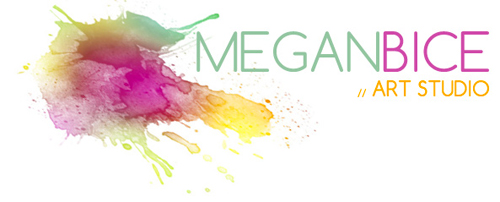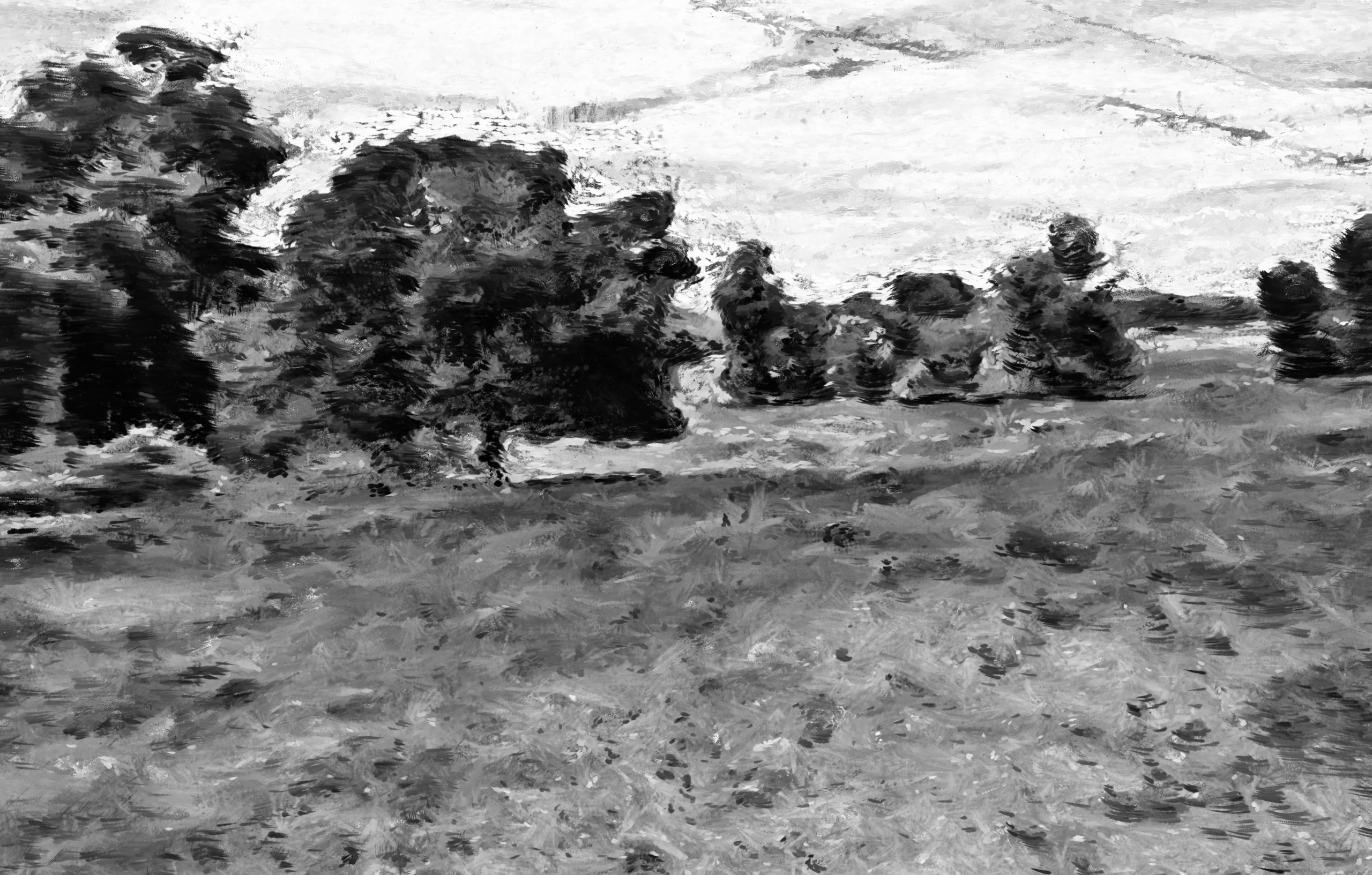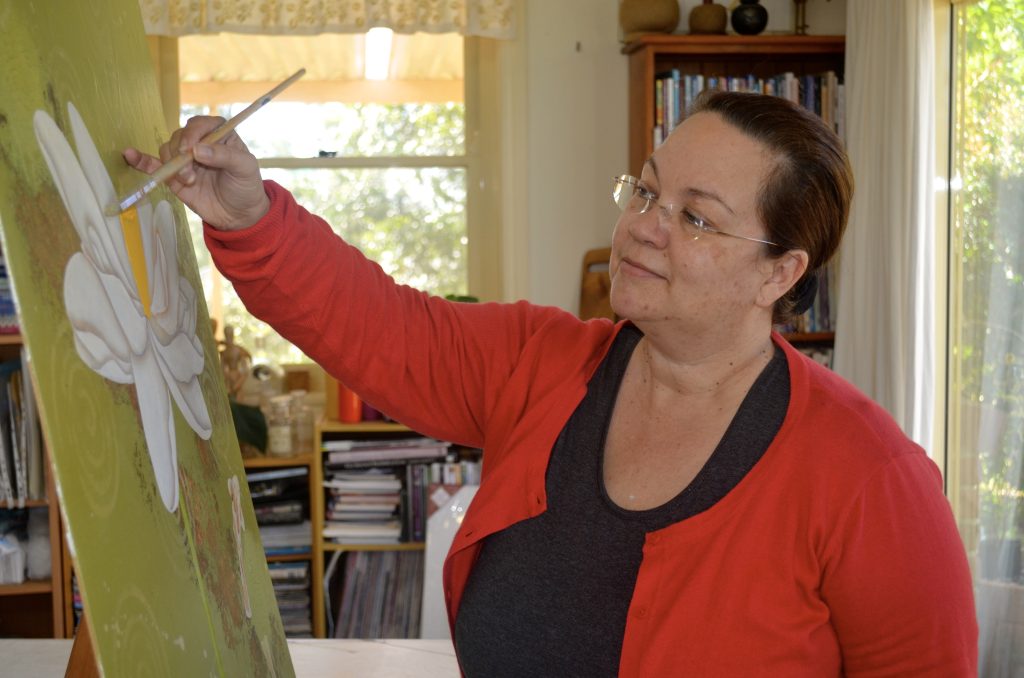Tonal values, also known as tonality, play a crucial role in the realm of visual arts. Artists manipulate tonal values to create depth, form, and atmosphere in their works. This essay delves into the various types of tonal values and their importance in art, examining how artists use these elements to convey emotions, establish focal points, and evoke a sense of realism or abstraction.
I. Understanding Tonal Values
Tonal values refer to the degree of lightness or darkness in an artwork. Artists achieve tonal variation by manipulating the intensity of light and shadow across the composition. The range of tones spans from pure white to absolute black, with an infinite array of greys in between. Understanding tonal values is essential for artists, as it forms the basis for creating three-dimensional forms on a two-dimensional surface.
A. Light and Shadow
Light and shadow are fundamental components of tonal values. Artists use contrasting light and shadow to depict the interaction between surfaces and the direction of light sources. The interplay of light and shadow defines the contours of objects, providing a visual cue for the viewer to perceive depth and dimension.
B. Gradation
Gradation involves the smooth transition of tones from light to dark. Artists use gradation to create a sense of volume and continuity within their compositions. This technique is particularly evident in realistic portrayals, where subtle changes in tonal values contribute to the illusion of smooth, rounded surfaces.
II. Types of Tonal Values
A. High Key and Low Key
High key and low key tonal values refer to the overall brightness or darkness of an artwork. High key compositions predominantly consist of lighter tones, often conveying a sense of optimism or serenity. In contrast, low key compositions predominantly use darker tones, creating a moody or mysterious atmosphere. Artists strategically choose between high key and low key tonal values to establish the mood and emotional tone of their works.
B. Chiaroscuro
Chiaroscuro, an Italian term meaning “light-dark,” is a technique that emphasises strong contrasts between light and shadow. This method, famously employed by artists such as Caravaggio, creates a dramatic effect, enhancing the overall visual impact of the artwork. Chiaroscuro is particularly effective in depicting scenes with intense emotions or conveying a sense of theatricality.
C. Tenebrism
Tenebrism takes chiaroscuro to an extreme, emphasising dark, atmospheric shadows with minimal lighting on the subjects. This technique, associated with Baroque artists like Artemisia Gentileschi, intensifies the emotional and psychological aspects of a composition. Tenebrism often serves to highlight specific elements within a scene, directing the viewer’s attention to focal points.
D. Atmospheric Perspective
Artists use atmospheric perspective to convey depth by manipulating tonal values based on the distance from the viewer. Objects closer to the viewer are depicted with higher contrast and sharper tonal variations, while those in the distance have softer, subdued tones. This technique mimics the way light interacts with the atmosphere, contributing to a convincing sense of space in landscape paintings.
III. Importance of Tonal Values in Art
A. Creating Realism
Tonal values are paramount in creating realistic representations in art. By accurately rendering light and shadow, artists can convincingly portray the three-dimensional qualities of objects and scenes. Realism in art relies heavily on the artist’s ability to observe and replicate tonal variations, allowing viewers to connect with the artwork on a visceral level.
B. Establishing Focal Points
Artists strategically manipulate tonal values to establish focal points within their compositions. By employing higher contrasts or unique tonal patterns, artists guide the viewer’s gaze toward specific areas of interest. Effective use of tonal values ensures that the intended focal point commands attention, creating a visual hierarchy within the artwork.
C. Evoking Emotions
Tonal values serve as a powerful tool for evoking emotions in art. The choice of high key or low key tonal values, as well as the application of chiaroscuro or tenebrism, significantly influences the emotional tone of a composition. Bright, airy tones may evoke feelings of joy or tranquility, while dark, intense contrasts can create a sense of drama or mystery.
D. Conveying Mood and Atmosphere
The manipulation of tonal values allows artists to establish the mood and atmosphere of their works. A bright, evenly lit scene may convey a sense of warmth and openness, while a composition dominated by dark shadows can evoke a mysterious or foreboding ambiance. Artists use tonal values to transport viewers into the emotional and atmospheric realms they seek to portray.
E. Enhancing Composition and Form
Tonal values play a crucial role in enhancing the overall composition and form of an artwork. Whether through the use of gradation to create smooth transitions or chiaroscuro to highlight specific details, artists utilise tonal values to sculpt and define their subjects. This sculpting effect contributes to the visual appeal and coherence of the artwork.
IV. Historical and Contemporary Examples
A. Historical Masters
- Rembrandt van Rijn – Rembrandt’s masterful use of chiaroscuro and tenebrism in works like “The Night Watch” demonstrates his ability to manipulate tonal values to create drama and focus within a composition.
- Leonardo da Vinci – Leonardo’s meticulous observation of light and shadow is evident in works like the “Mona Lisa,” where subtle gradations contribute to the lifelike quality of the subject.
B. Contemporary Artists
- Gerhard Richter – Richter’s abstract and photorealistic paintings showcase his adeptness at manipulating tonal values to convey emotion and atmosphere, even in non-representational compositions.
- Jenny Saville – Known for her powerful figurative paintings, Saville skilfully employs tonal values to sculpt the human form, creating a visceral and impactful viewing experience.
V. Conclusion
In conclusion, tonal values are an integral aspect of art, influencing the way artists depict light, shadow, and form within their compositions. The various types of tonal values, from high key to low key, chiaroscuro to atmospheric perspective, offer artists a rich palette to convey realism, establish focal points, evoke emotions, and shape the overall mood and atmosphere of their works. By examining historical masterpieces and contemporary artworks, it becomes evident that the effective manipulation of tonal values is a timeless and essential skill for artists across different styles and periods. As artists continue to explore and push the boundaries of visual expression, the significance of tonal values in art remains a cornerstone of artistic practice and visual communication.


